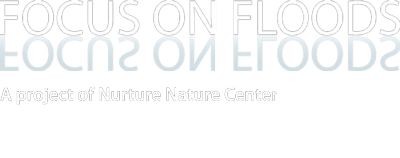The topic of this thesis is hurricane warning graphics and public perceptions. The devastation from hurricanes and reliance of the public on the Cone of Uncertainty (COU), a commonly used hurricane graphic by the National Hurricane Center and TV broadcasters, has led several researchers to question the effectiveness of the COU. It is well-known that graphics are effective mechanisms for simplifying seemingly complicated information. This study set out to determine if the COU is preferred by the public, or if the public prefers alternative hurricane warning graphics. In her study, Radford created five hurricane warnings graphics and tested them using participants in two locations: Pensacola, FL and Jacksonville, FL. Participants were asked which graphic they preferred and why. The most preferred graphic was one that was somewhat similar to the current COU, but was color-coded. The second most preferred was the current COU. Location, age, and gender played an important role in preferences. A major conclusion from this thesis is that graphics are preferred by the majority and that an alternative graphic to the COU could be more effective.
